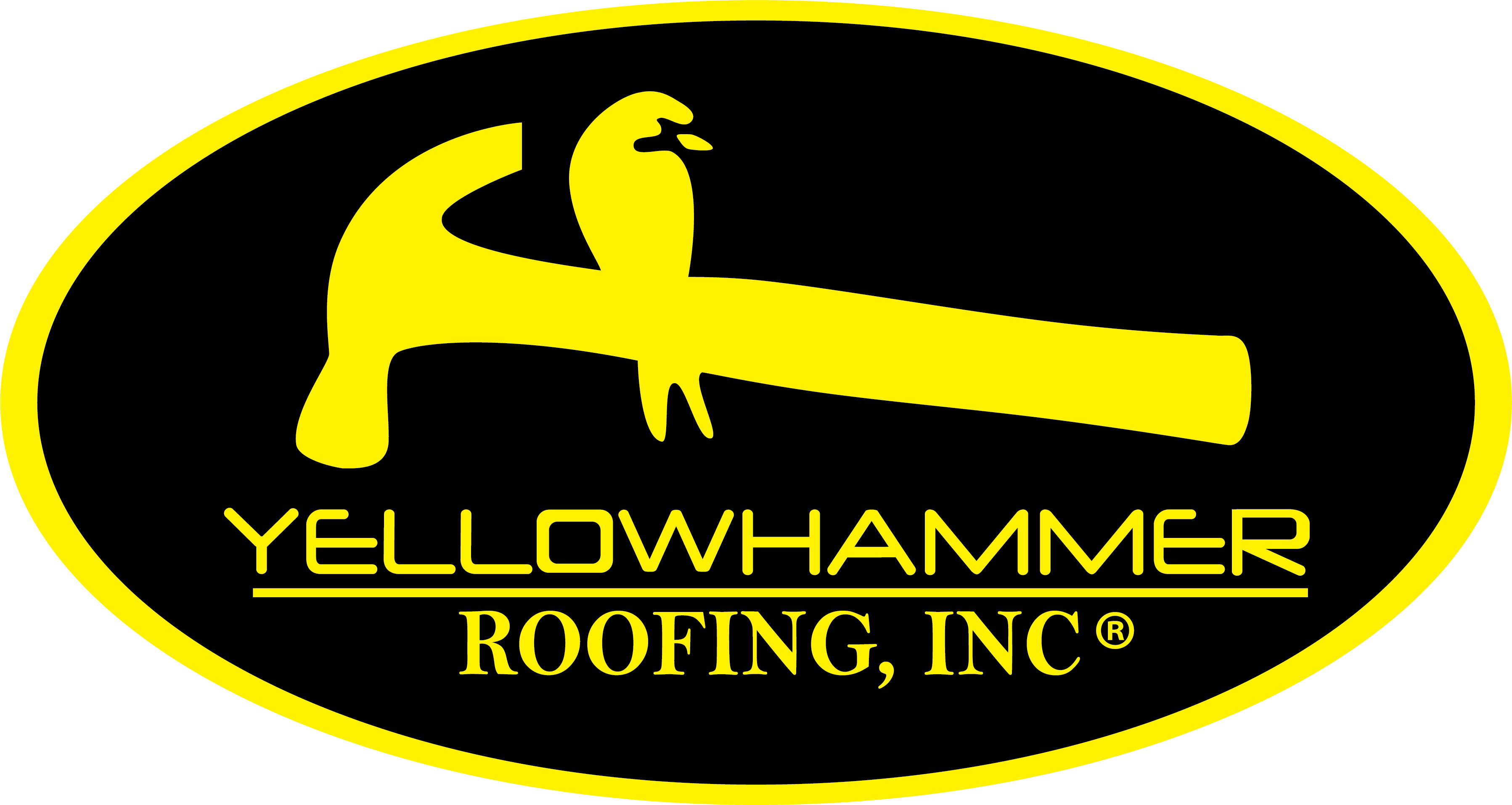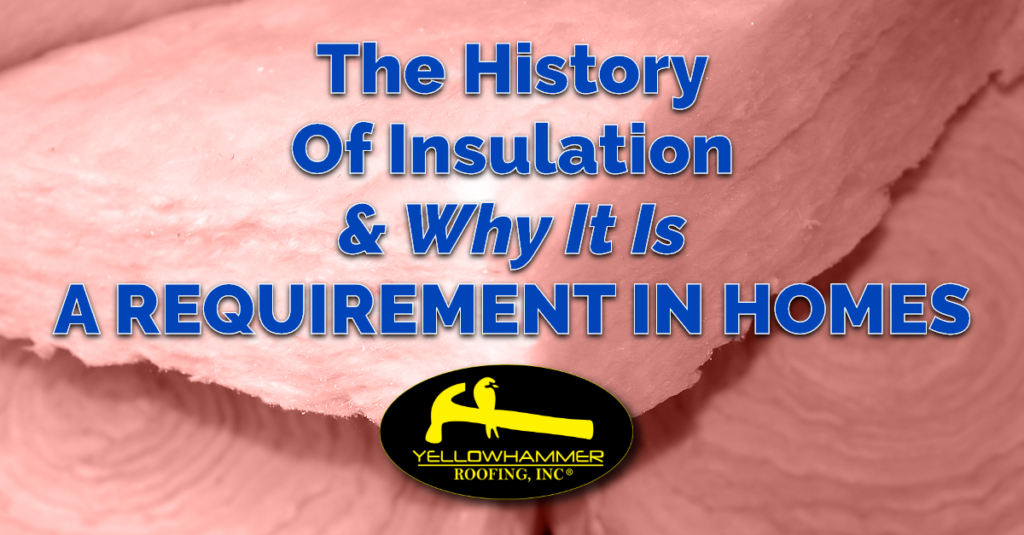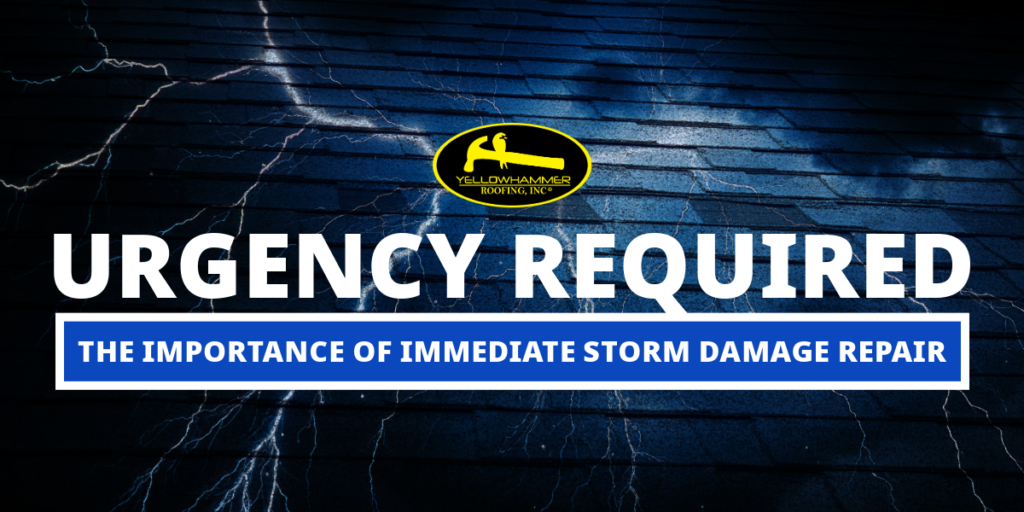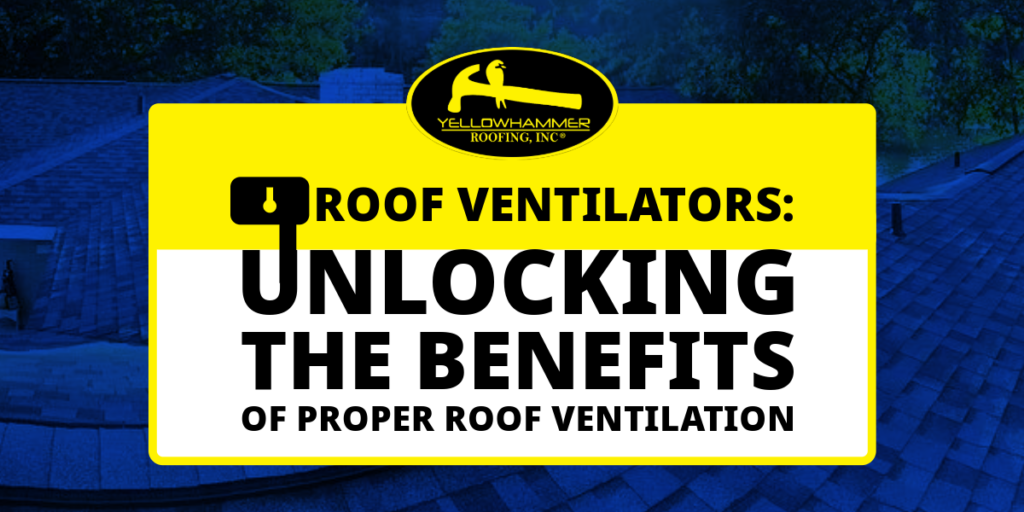Every now and then, an Alabama homeowner in the midst of renovations will discover antique newspapers stuffed inside the walls of the house. From a period spanning the late 19th and early 20th centuries, newspapers were a cheap method of insulating a house. They were not especially effective, but fuel costs were low, and Alabamans expected less from their homes then. Just when was insulation required in homes?
Before Tang
Before the mid-1950s (before Tang was a thing), insulation came from natural sources:
- Egyptians used layers of mud, which sounds unappealing, but then they also invented paper and those pyramids.
- Greeks used asbestos (they also named it after quicklime, which burns on contact with water; the word asbestos means “unquenchable,” as in a fire you cannot put out with water).
- Greeks also used air spaces within walls to insulate, yet Greece is considered the Cradle of Civilization.
- Romans wrapped water pipes with cork … and lead, so, yes, a hit and a miss there.
- Vikings took a cue from the Egyptians; they used mud and their rambunctious natures to ignore the cold.
- Rich folks in the Middle Ages hung expensive tapestries on walls to warm their drafty castles; poorer folks mostly shivered.
1965
1965 was momentous: President Johnson started his “Great Society” social reforms; American combat troops entered Vietnam; astronaut Ed White made the first U.S. spacewalk; “The Sound of Music” opened on Broadway.
And, building codes throughout the United States required wall insulation for the first time.
Energy prices have always fluctuated, but the 1960s brought increasing dependency on foreign energy supplies in sometimes-fragile countries. America needed to conserve energy and reduce costs. Building codes reflected that.
Attic insulation was trickier stuff than wall insulation. Throughout history, various attempts were made to separate the untreated attic air from the expensively treated indoor air. Some of the materials tossed, rolled, or spread throughout attics included:
- Asbestos — A natural material that is great at insulating, preventing fires, and causing lung cancer in humans (!).
- Vermiculite — Volcanic minerals that, when heated, form long, worm-like shapes which are lightweight and highly insulative. Unfortunately, some U.S.-mined vermiculite had trace amounts of asbestos, so it is not very popular anymore.
- Rock wool — A spun product really made from minerals (rocks) and other materials, rock wool insulates against sound and heat. It is still used but has primarily lost ground to fiberglass insulation or blown-in cellulose.
Fiberglass insulation for both walls and attics really caught on from around 1956, when Owens Corning produced both pink insulation and a Pink Panther to market it. Fiberglass, with or without paper backing, is still very popular for attics and walls.
What Insulation Does
The Greeks had it right (not with the asbestos; how could they know?). They built houses with air gaps within walls since air is an excellent insulator. That is the secret to nearly all insulation even today: build in lots of tiny air bubbles, and heat has a hard time moving through the material.
Rock wool, vermiculite, wadded-up newspapers, and even asbestos flakes all had the same quality: they provided lots of tiny air spaces between surfaces, so heat could not easily move by any of the three ways it gets around:
- Conduction
- Convection
- Radiation
Today, fluffy AttiCat® Expanding Blown-In insulation expertly distributed throughout your attic forms a deep, thick blanket of fiberglass and air spaces. That keeps the attic air away from your indoor air. That lowers your energy bills and keeps your family cool in summer and warm in winter.
Why You Need Attic Insulation
Throughout Alabama, attic insulation serves primarily to keep heat out during hot weather. According to the federal Energy Star program, attic insulation should be between R49 and R60. Any less and you are robbing yourself.
The Energy Star program exists because America needs to move away from foreign energy sources, safeguard our own environment, and encourage more savings. Our country still uses too much foreign oil. Domestic production harms our own lands and waters. And most Alabamans enjoy saving money, rather than wasting it on heating and cooling bills.
A well-insulated attic:
- Lowers your cooling costs
- Allows your HVAC equipment to operate less often and for shorter times
- Makes your house more comfortable
- Adheres to modern building codes
To ensure you have enough insulation in your attic to meet local building codes, contact a professional insulation installer to inspect and measure your attic insulation. The most efficient, longest-lasting insulation to add or replace existing material is blown-in insulation.
We invite you to work with Yellowhammer Roofing in Birmingham, Alabama, to make your home — historic or not — cozy, comfortable, and energy-efficient. Contact us today to learn all we offer, from insulation to a wide range of roofing services.






